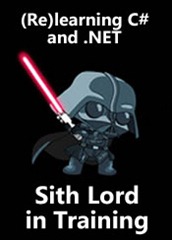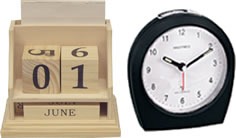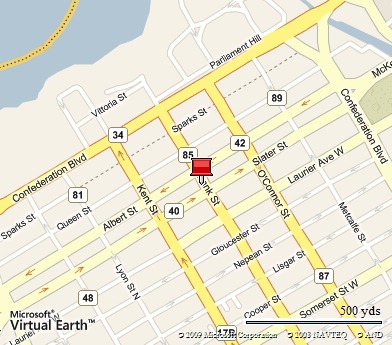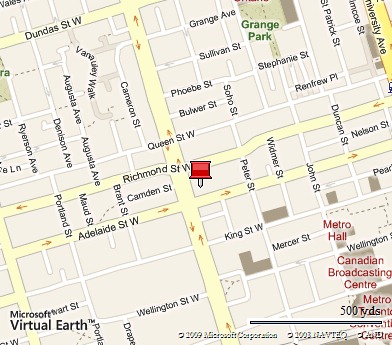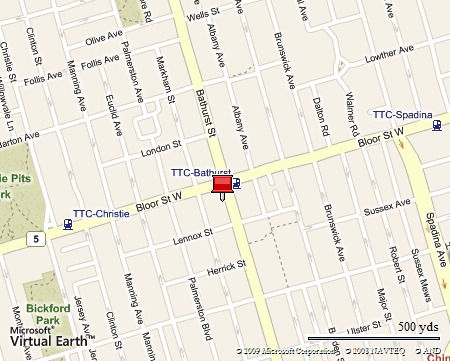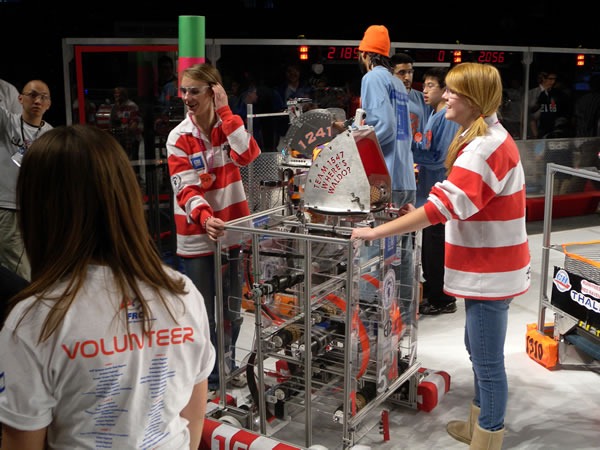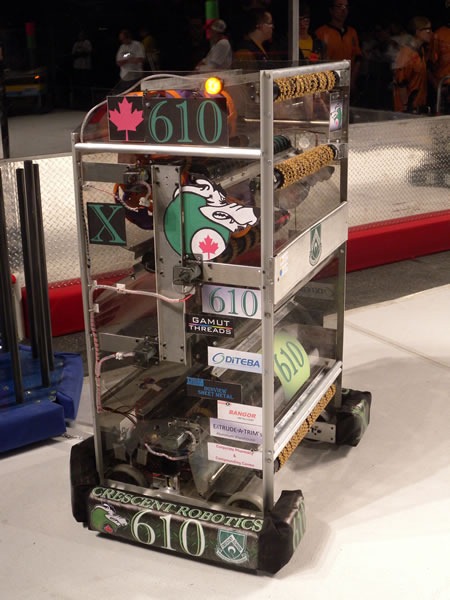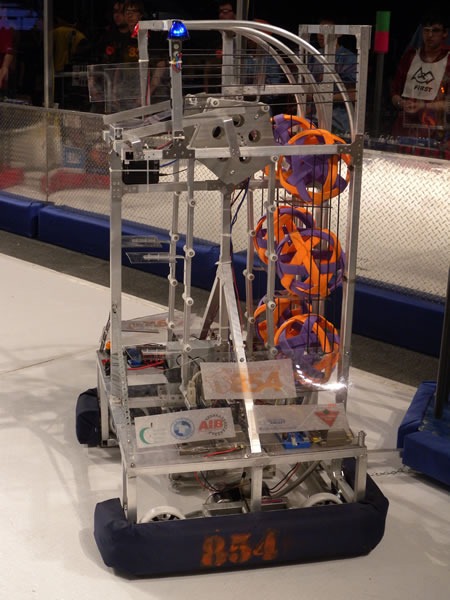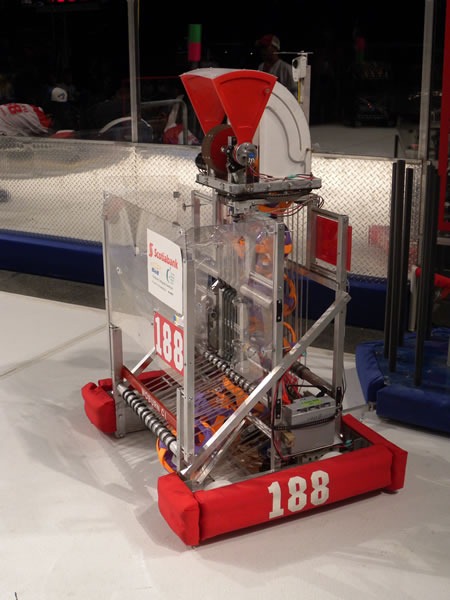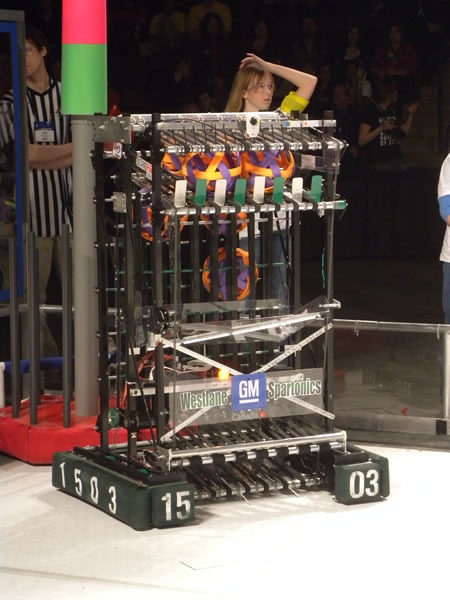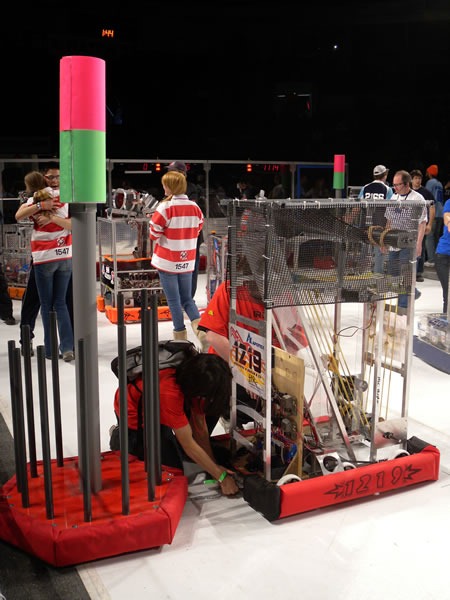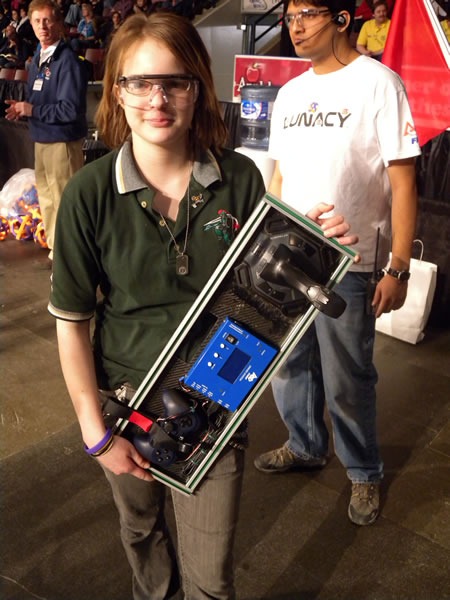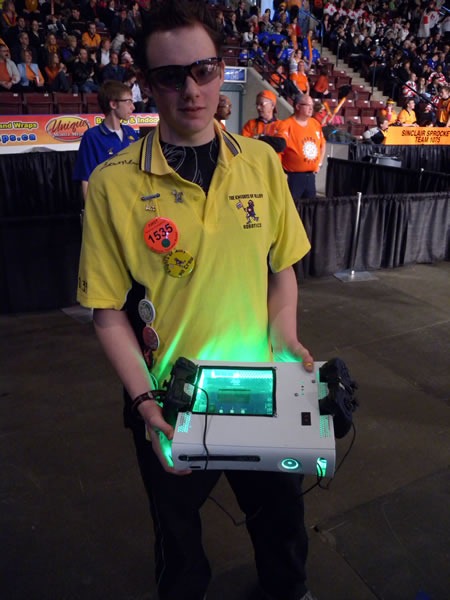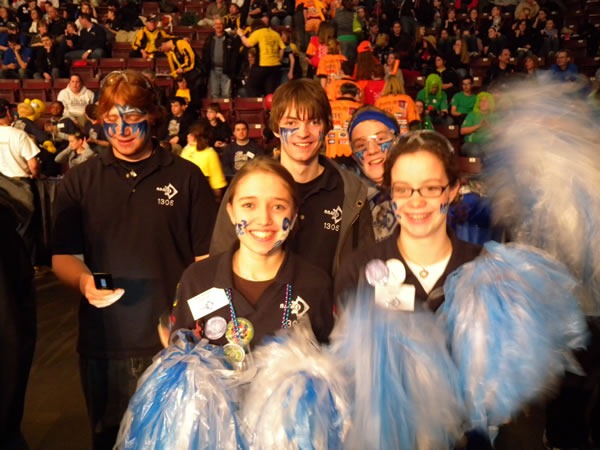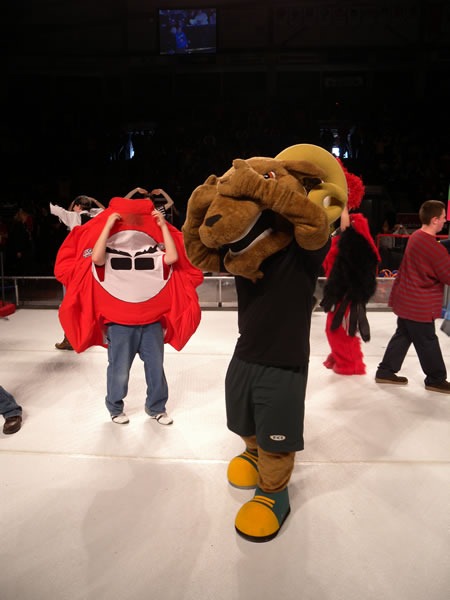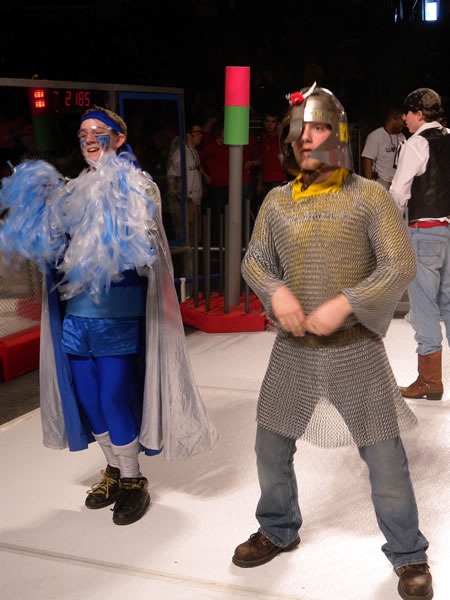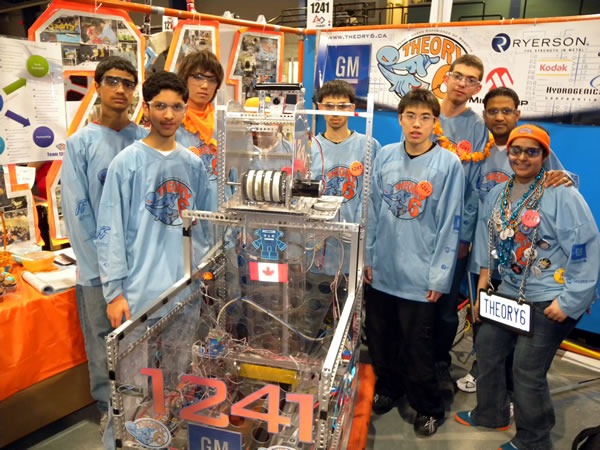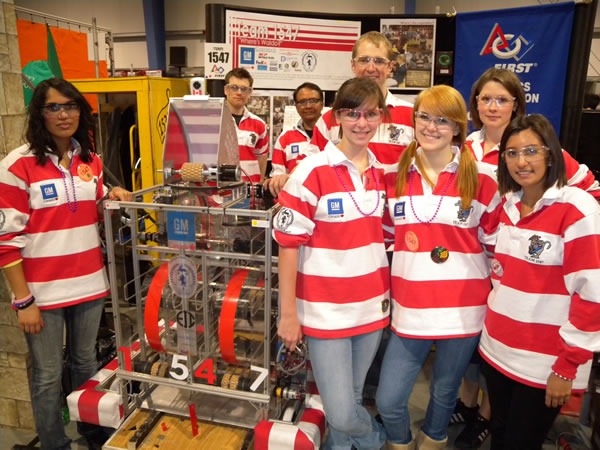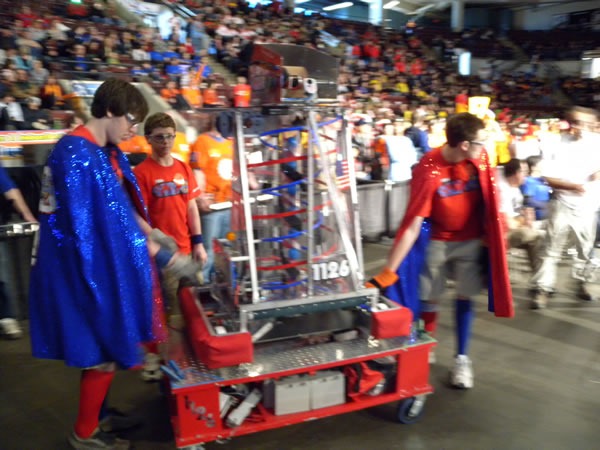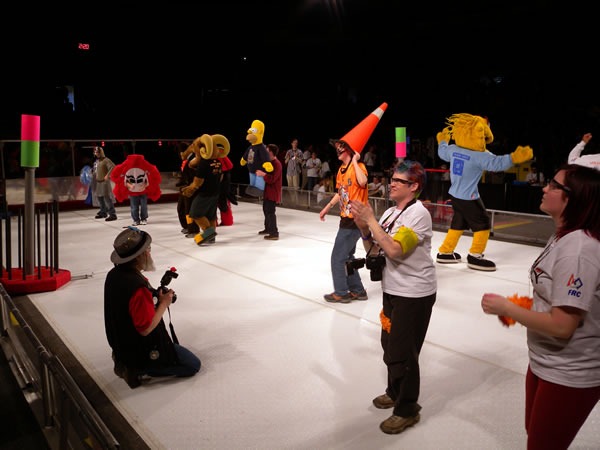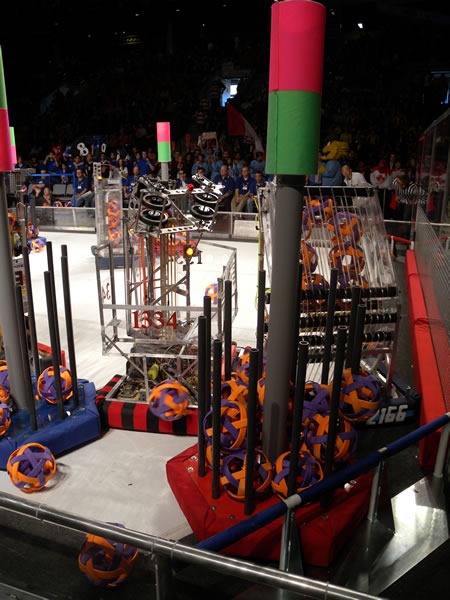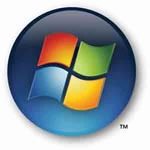 Microsoft’s new web development framework, ASP.NET MVC, which developers working with Rails, Django and other MVC web frameworks will find familiar, was recently released as an open source project under the Microsoft Public License (MS-PL). As you might expect, the mere mention of Microsoft doing something open source has gotten some tongues a-wagging, especially in the more zealous corners of the F/OSS world. As you might not expect, a lot of what they said was positive (even if grudgingly so).
Microsoft’s new web development framework, ASP.NET MVC, which developers working with Rails, Django and other MVC web frameworks will find familiar, was recently released as an open source project under the Microsoft Public License (MS-PL). As you might expect, the mere mention of Microsoft doing something open source has gotten some tongues a-wagging, especially in the more zealous corners of the F/OSS world. As you might not expect, a lot of what they said was positive (even if grudgingly so).
Consider what a commenter on Slashdot had to say about our license (the emphasis is mine):
I really don’t want to like the MS-PL or anything Microsoft, but I read it, and re-read it, and I can’t see anything wrong with it. In fact, at the risk of being modded to oblivion, I gotta say it’s a far cry easier to understand than the GPL license, seems straightforward, and truly "open." It seems roughly as open as the BSD license. It doesn’t even require you to open your own code under the same license. What am I missing? Is this a late April Fools’ joke?
In case you were wondering what the MS-PL looks like, I’ve included it below. It’s OSI-approved. It’s also short and sweet: what you see is not the preamble or a set of introductory statements, it’s the whole thing. Take a note of the language: it’s simple, straightforward and quite free of legalese. As the Slashdot comment above says, the rights, terms and conditions conferred and imposed by MS-PL license are like the BSD license:
Microsoft Public License
This license governs use of the accompanying software. If you use the software, you accept this license. If you do not accept the license, do not use the software.
1. Definitions
The terms "reproduce," "reproduction," "derivative works," and "distribution" have the same meaning here as under U.S. copyright law.
A "contribution" is the original software, or any additions or changes to the software. A "contributor" is any person that distributes its contribution under this license.
"Licensed patents" are a contributor’s patent claims that read directly on its contribution.2. Grant of Rights
(A) Copyright Grant- Subject to the terms of this license, including the license conditions and limitations in section 3, each contributor grants you a non-exclusive, worldwide, royalty-free copyright license to reproduce its contribution, prepare derivative works of its contribution, and distribute its contribution or any derivative works that you create.
(B) Patent Grant- Subject to the terms of this license, including the license conditions and limitations in section 3, each contributor grants you a non-exclusive, worldwide, royalty-free license under its licensed patents to make, have made, use, sell, offer for sale, import, and/or otherwise dispose of its contribution in the software or derivative works of the contribution in the software.3. Conditions and Limitations
(A) No Trademark License- This license does not grant you rights to use any contributors’ name, logo, or trademarks.
(B) If you bring a patent claim against any contributor over patents that you claim are infringed by the software, your patent license from such contributor to the software ends automatically.
(C) If you distribute any portion of the software, you must retain all copyright, patent, trademark, and attribution notices that are present in the software.
(D) If you distribute any portion of the software in source code form, you may do so only under this license by including a complete copy of this license with your distribution. If you distribute any portion of the software in compiled or object code form, you may only do so under a license that complies with this license.
(E) The software is licensed "as-is." You bear the risk of using it. The contributors give no express warranties, guarantees or conditions. You may have additional consumer rights under your local laws which this license cannot change. To the extent permitted under your local laws, the contributors exclude the implied warranties of merchantability, fitness for a particular purpose and non-infringement.
Recommended Reading
- In case you’re curious, here’s the Slashdot discussion on ASP.NET MVC’s release as an open source project.
- Take a look at Codeplex, Microsoft’s repository of open source projects, where you’ll find ASP.NET MVC and a lot of other projects licensed under MS-PL.
